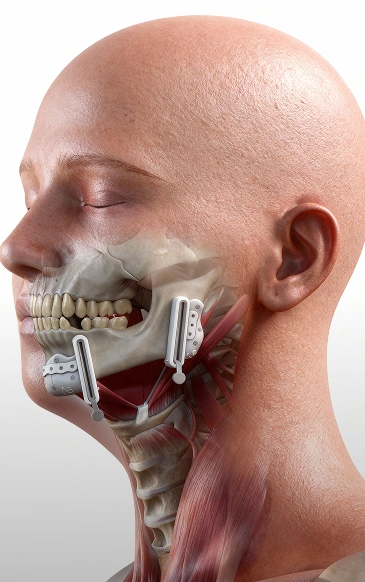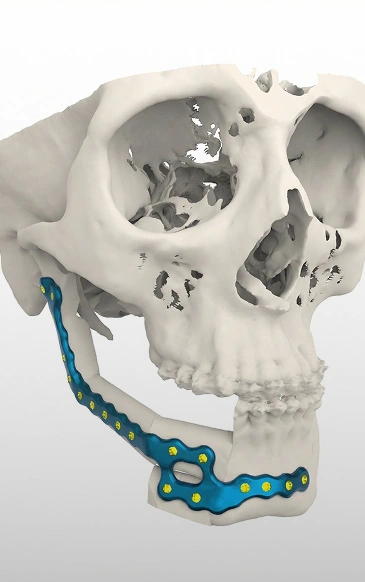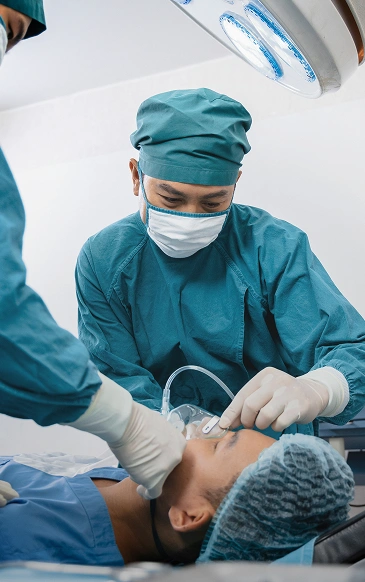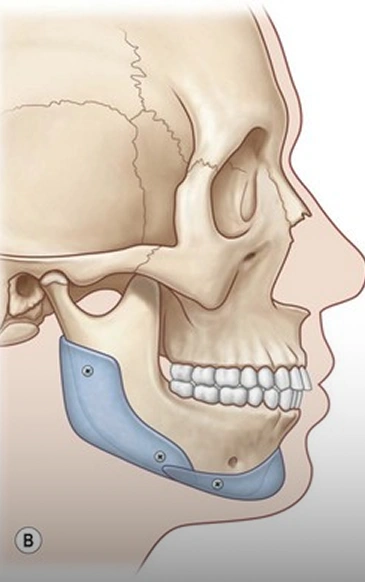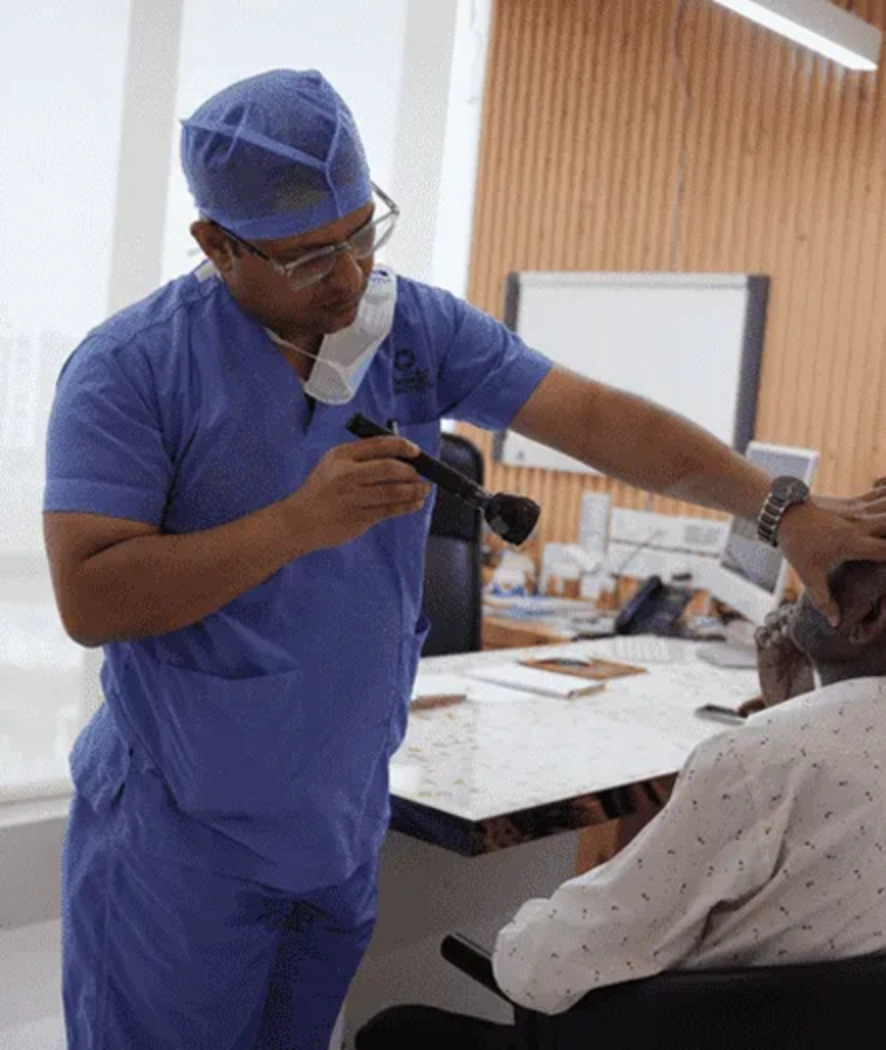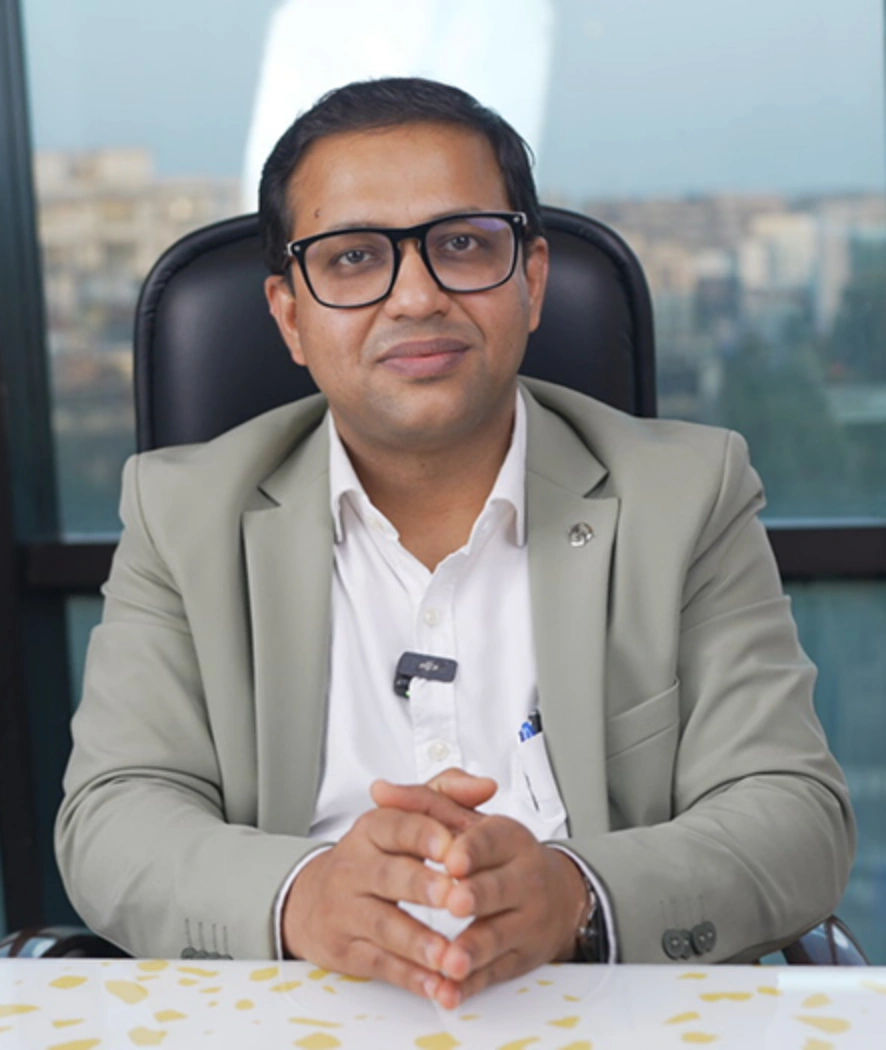
Mandibular Reconstruction

Overview
Mandibular reconstruction is a specialised surgical procedure that rebuilds the lower jaw (mandible) after cancer surgery or trauma. The goal is to restore essential functions such as chewing, speaking, and appearance, as well as to improve quality of life following removal of cancerous tissue. Techniques include the use of mandibular reconstruction plates, free fibular graft mandibular reconstruction, and fibula free flap mandibular reconstruction, among others, with treatment individualised to each patient’s unique needs and tumour characteristics. Early intervention and a multidisciplinary approach ensure the best possible outcomes for jaw reconstruction surgery after cancer.
Ready to fight against mandibular cancer?
Book a consultation with Dr. Amit Chakraborty for expert, personalised treatment and ongoing support.
Book ConsultationWhat is Mandibular Reconstruction?
The mandible, or lower jaw, plays a vital role in daily activities such as eating, speaking, and maintaining facial structure. Mandibular reconstruction is required when a segment of the jaw must be removed to eliminate cancerous growths or other diseases. Procedures range from straightforward mandible surgery to advanced jaw reconstruction techniques using tissue from other parts of the body, such as the fibula (leg bone). Reconstruction may involve plates, grafts, or microsurgical free flaps, including fibular grafts for mandibular reconstruction, to replace lost bone and tissue.


What are Symptoms of Mandibular Reconstruction Surgery?
Recognising when mandibular reconstruction is needed is crucial to ensure timely intervention and effective rehabilitation. Common symptoms and indications include:
- A lump or swelling in the jaw, cheek, or neck
- Persistent pain or tenderness in the jaw or face
- Loosening of teeth or difficulty chewing
- Numbness, weakness, or changes in lip/chin sensation
- Difficulty moving the jaw or opening the mouth
- Changes in speech or voice
- Ulcers or non-healing growths in the jaw area
If these symptoms are present and cancer is diagnosed, prompt reconstruction of jaw surgery offers significant functional and cosmetic benefits.
What are the Causes and Risk Factors?
Mandibular defects requiring reconstruction typically result from the following causes:
Surgical resection
Removal of oral or jawbone cancers may require mandibular resection.
Radiation effects
Radiation therapy can lead to bone loss or jaw necrosis.
Trauma
Injuries to the lower jaw can result in structural damage.
Congenital defects
Certain birth conditions cause jaw malformation.
Severe infection
Advanced infections such as osteomyelitis can affect jaw health.
Risk factors associated with jaw cancer and subsequent reconstruction include tobacco use, alcohol consumption, radiation exposure, and certain genetic predispositions. Having one or more risk factors increases the need for regular screening and early treatment.
How is the Need for Mandibular Reconstruction Surgery Diagnosed?
Diagnosis involves a coordinated approach by surgical and oncology teams, including:
Clinical examination
Advanced imaging
Biopsy confirmation
Team-based planning

How is Jaw Cancer Staged for Mandibular Reconstruction?
Jaw cancer and defect staging use the TNM system and guide the extent of mandibular resection and reconstruction:
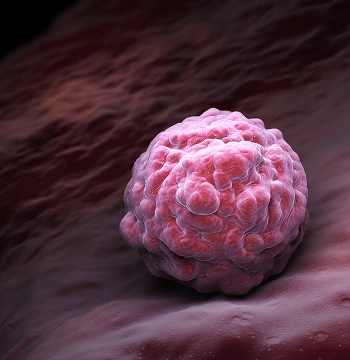
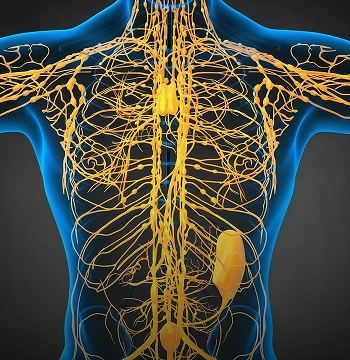
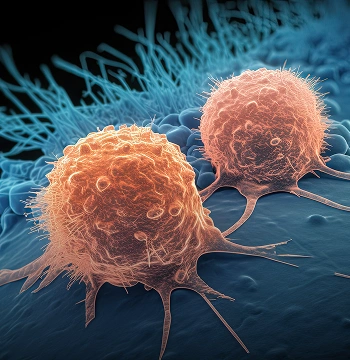
Treatment Options for Mandibular Reconstruction
Mandibular reconstruction is highly individualised, using several advanced options for form and function restoration:
Mandibular Reconstruction Recovery Timeline
Preoperative Preparation
(1–2 weeks)
Diagnostic tests, imaging studies, surgical planning
Nutritional guidance, prehabilitation
Surgery & Hospital Surgery & Hospital
Stay (Day 0–7)
Segmental or partial mandibulectomy, reconstruction with fibula flap or plate
Pain control, initial wound care, speech/swallowing assessment
Early Recovery Phase
(1–3 weeks)
Wound healing, swelling reduction, beginning physiotherapy
Speech, jaw movement exercises, nutrition, home rest
Rehabilitation & Follow-Up
(3 weeks–3 months)
Functional therapy to restore chewing, speech and facial movement; dental rehabilitation planning
Regular reviews, therapy support, psychosocial care
Long-Term Recovery & Surveillance
(3 months and beyond)
Monitoring implant/bone healing, managing late effects, ongoing dental restoration
Lifelong follow-up, lifestyle advice, emotional well-being
Outcomes and Survival Rates
With advanced reconstructive techniques like vascularised free fibular grafts, most patients regain strong chewing and speech function after surgery. Long-term outcomes depend on factors such as cancer stage, surgical method, and overall health, but modern approaches achieve implant survival rates above 93% with excellent cosmetic results. Skilled surgical and rehabilitation teams help restore normal life, appearance, and confidence.


Dr. Amit Chakraborty
Cancer Surgeon
Why Choose Dr. Amit Chakraborty for Mandibular Reconstruction?
- Extensive expertise performing complex mandibular resection and advanced jaw reconstruction surgery after cancer.
- Use of the latest microsurgical, free flap, and reconstruction plate techniques for optimal outcomes.
- Personalised, multidisciplinary care from preoperative evaluation through long-term recovery.
- Holistic support including dental rehabilitation, speech therapy, and emotional guidance.
0
Treated Cancer Patients
0
Complex Surgeries
0%
Success Rate

FAQs
A jaw lump, pain, numbness, ulcer, or difficulty moving the jaw suggests jaw cancer requiring reconstructive surgery.
Fibula free flaps, free fibular grafts, mandibular reconstruction plates, and implant-supported prosthetics are common approaches.
Initial healing takes several weeks; full recovery ranges from a few months to a year depending on individual health and extent of surgery.
Costs vary by technique, patient needs, hospital, and rehabilitation required.
Yes. Dental rehabilitation is possible in most cases, often 6+ months after fibula transplantation.
Modern techniques provide excellent cosmetic and functional outcomes for most patients.
The cost of mandibular reconstruction in India depends on the extent of bone loss, the reconstruction technique used, and the overall treatment plan. On average, mandibular reconstruction surgery costs ₹6,50,000 to ₹12,00,000 in India. A personalised estimate is provided after a full clinical evaluation.
Together, We Can Fight Against Cancer
Contact us via phone or fill out our appointment form to schedule a consultation with Dr. Amit Chakraborty.
Book Consultation
